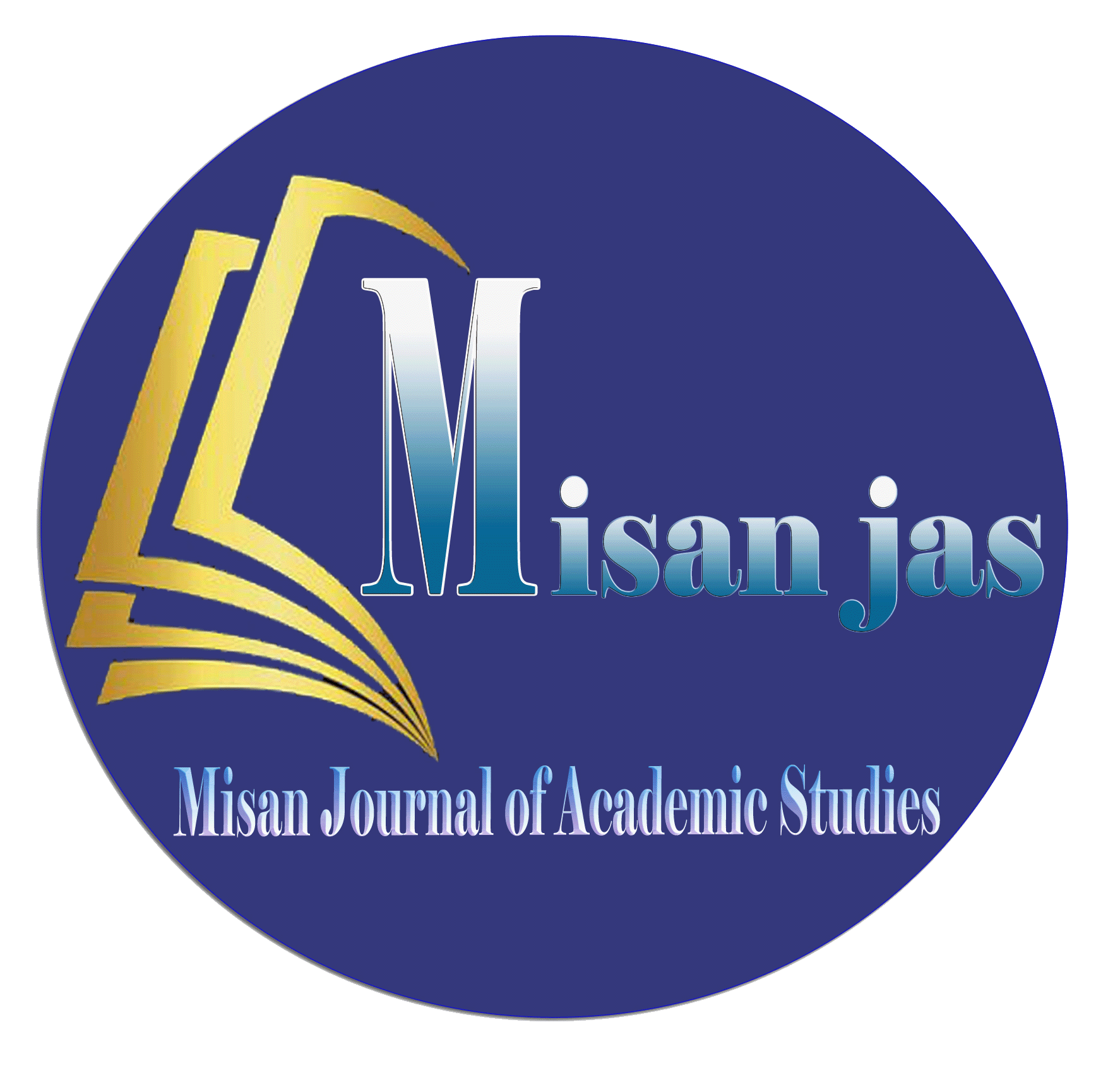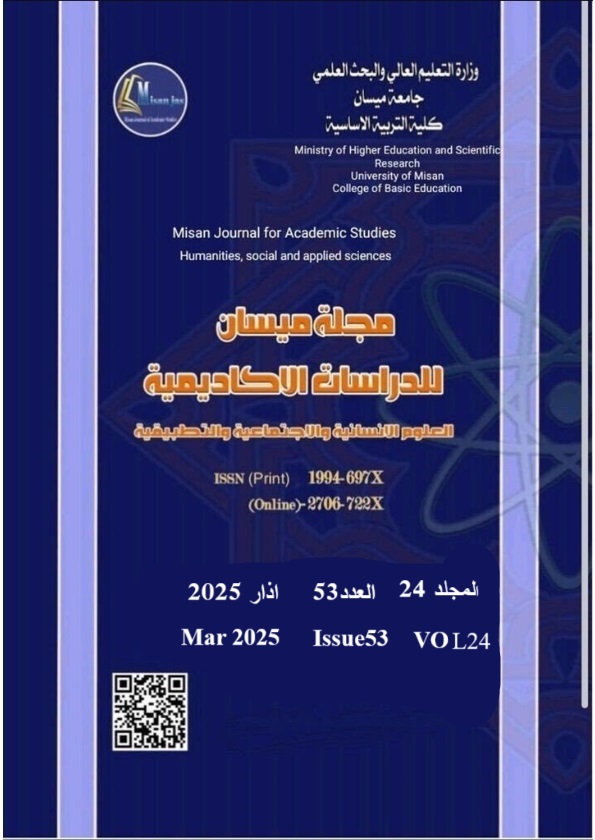Influences on Al-Asma’i’s Critical Judgment (A Critical Study)
Abstract
Many judgments in ancient Arabic criticism were subject to various influences that significantly shaped the critical judgment of Arab scholars. These influences included religious and sectarian factors, political and intellectual orientations, tribal bias, and other external factors. This phenomenon is clearly evident in the critical judgments of Al-Asma’i, who issued evaluations influenced by such factors. These influences led him to adopt a critical approach that did not always align with his esteemed scholarly status. As a result, he often undervalued the contributions and status of many poets, accusing them unjustly due to religious or political reasons, tribal loyalties, or racial biases. At times, he would even revise his initial judgments for reasons seemingly tied to his occasionally unstable psychological state.
Moreover, Al-Asma’i’s alignment with the caliph and his tendency to echo the ruler’s opinions also played a role in shaping his judgments—even if this meant contradicting his own established critical principles. However, there were instances where he adhered to objective scientific standards directly related to the essence of literary work itself—such as criteria of quality and quantitative measures—which he used to rank poets over one another.
Downloads
Copyright (c) 2025 (Humanities, social and applied sciences) Misan Journal of Academic Studies

This work is licensed under a Creative Commons Attribution-NonCommercial-NoDerivatives 4.0 International License.
The copyright is also the copyright of the magazine only.
All articles published in our magazine are subject to license terms
Creative Commons Attribution(CC BY-NC-ND 4.0) This license permits the content to be reproduced, redistributed and reused in whole or in part for any purpose free of charge, without any permission from the author(s), researcher or student.
Works submitted to Maysan Journal of Academic Studies for publication in the journal (CC BY-NC-ND 4.0) license terms. Where available content can be shared, distributed and replicated provided there is no commercial profit and appropriate credit must be given to the original source through sources or citations. It is mandatory to review any material used from other sources including shapes, tables, and images for re-use under the terms of the Creative Commons License (CC BY-NC-ND 4.0).Provided that there is no modification to the original content



